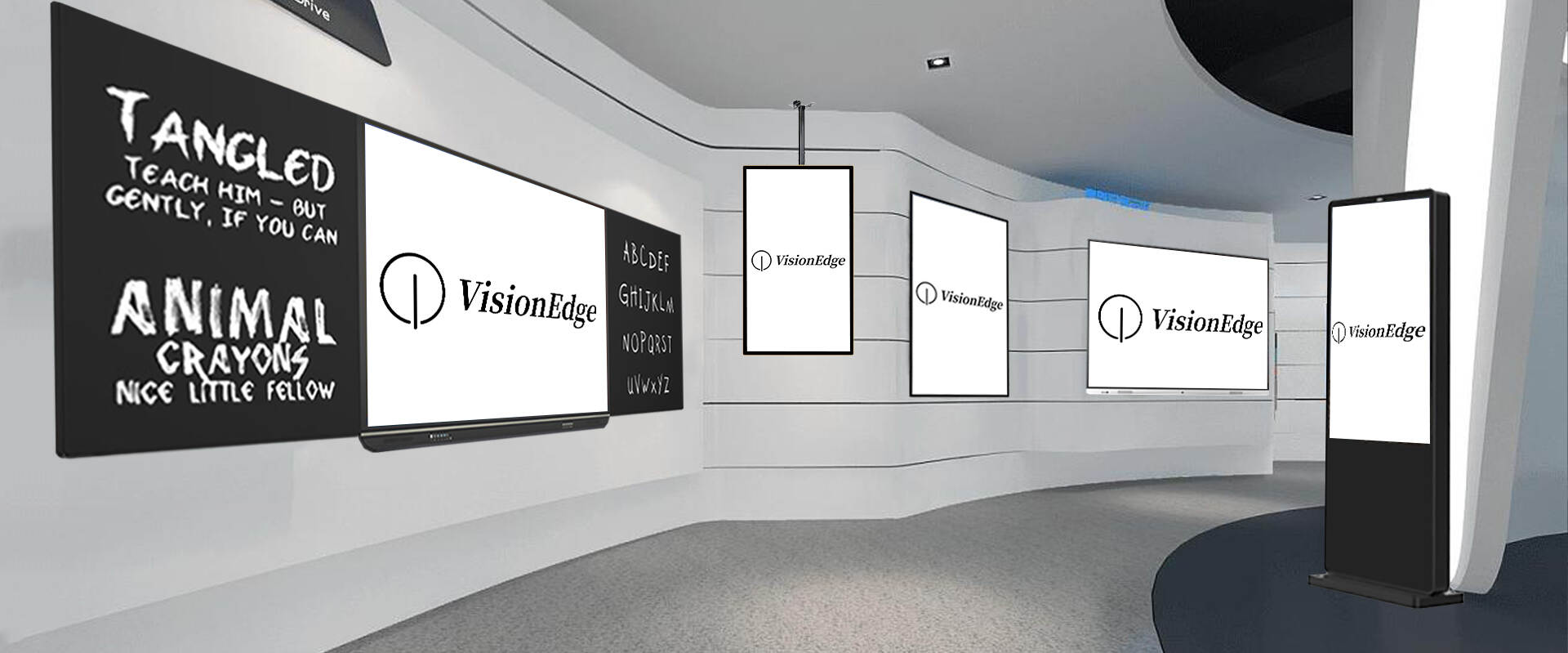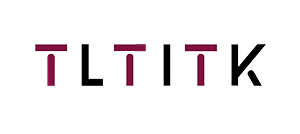Email format error
Email cannot be empty
Email already exists
6-20 characters(letters plus numbers only)
The password is inconsistent
Email format error
Email cannot be empty
Email does not exist
6-20 characters(letters plus numbers only)
The password is inconsistent

News
Here, you can describe a piece of text you want to express

Why Digital Signage is Gaining Popularity Over Traditional Advertising
In recent years, digital signage has become an increasingly popular choice for businesses and advertisers looking to engage their audience in innovative and dynamic ways. Unlike traditional static advertisements such as print, billboards, or posters, digital advertising machines (or digital signage) offer an array of benefits that are making them the go-to solution in the modern advertising landscape.
In this article, we will explore the key reasons why digital signage is becoming the preferred method for advertising and how it’s revolutionizing the way businesses interact with consumers.
1. Dynamic Content Delivery
One of the primary advantages of digital signage is its ability to display dynamic, real-time content. Unlike traditional advertising, which is static and requires constant physical updates, digital advertising can change instantly, allowing advertisers to deliver fresh, relevant content at any time.
For instance, a restaurant can display a daily special, an upcoming event, or a real-time promotional offer. Digital screens can rotate between various types of media, including videos, images, text, and live data, such as social media feeds or weather updates. This flexibility makes digital signage a versatile tool for businesses in nearly any industry.
2. Enhanced Audience Engagement
Traditional forms of advertising often struggle to capture attention in the way digital signage can. Research shows that digital ads are significantly more eye-catching and engaging than static print ads or billboards. The movement, interactivity, and vibrant visuals of digital signage can attract and hold the attention of passersby longer, increasing the chances of them taking action.
For example, digital signage in retail stores can feature interactive touchscreens, allowing customers to explore products, read reviews, or even make purchases on the spot. In transportation hubs or shopping malls, screens can be used to display relevant advertisements based on the time of day or current trends.
3. Real-Time Updates and Flexibility
In today’s fast-paced world, timing is everything. Traditional advertising methods often involve long lead times for designing, printing, and distributing materials. Digital signage, on the other hand, allows businesses to make changes instantly, meaning they can respond to emerging trends, promotions, or customer preferences without any delays.
For instance, if a company wants to promote a flash sale, digital signage can display the new offer immediately, without waiting for a new round of printed materials. This level of flexibility makes digital signage an ideal solution for time-sensitive promotions, product launches, or last-minute updates.
4. Cost-Effective in the Long Run
While the initial setup of digital signage may involve higher upfront costs, such as purchasing screens and content management software, it often proves to be more cost-effective over time compared to traditional advertising methods.
With digital signage, businesses can avoid ongoing costs for printing, distribution, and materials, as content updates can be made remotely and frequently without the need for additional physical resources. Additionally, since digital content can be reused and repurposed, businesses can achieve more with a single investment in digital infrastructure.
5. Targeted and Personalized Advertising
Digital signage also allows businesses to tailor content to specific audiences, increasing the relevance of the advertisements. Through the use of sensors, data analytics, or even facial recognition technology, digital displays can adjust the content based on factors such as the demographics of the people nearby, the time of day, or the location of the screen.
For example, in a gym, digital signage can display health tips, special offers on memberships, or ads for fitness products, targeted to individuals based on their age or gender. This level of personalization makes digital advertising more effective, as it delivers messages that are directly relevant to the viewer.
6. Improved Analytics and Reporting
Unlike traditional advertising, which often lacks measurable data, digital signage can provide detailed analytics on how well the ads are performing. Businesses can track viewer engagement, monitor the effectiveness of specific content, and even measure the return on investment (ROI) for each advertisement.
Advanced digital signage systems can integrate with other analytics platforms, providing valuable insights into audience behavior, allowing businesses to refine their advertising strategies for maximum impact.
7. Sustainability and Environmental Benefits
As sustainability becomes an increasingly important consideration for businesses, digital signage offers a more environmentally friendly alternative to traditional advertising methods. With traditional print advertising, businesses often rely on paper, ink, and other resources that can be wasteful and difficult to recycle.
Digital signage eliminates the need for printing, reducing paper waste and the environmental impact associated with production and disposal. This makes it an attractive option for companies looking to reduce their carbon footprint while still achieving their marketing objectives.
8. Increased Brand Visibility and Recognition
Digital signage can also play a key role in enhancing brand visibility. Through eye-catching visuals, animated graphics, and multimedia content, businesses can create a strong visual identity that resonates with their target audience. Digital screens can be placed in high-traffic areas, ensuring that the brand message is seen by a large and diverse group of people, often multiple times a day.
In addition, digital signage can help reinforce brand messaging and build recognition by displaying consistent, high-quality content that reflects the brand’s personality and values.
9. Versatility Across Industries
Digital signage is not limited to any one industry. From retail and hospitality to transportation, healthcare, education, and corporate offices, businesses across various sectors are leveraging digital signage to improve communication, boost engagement, and enhance the customer experience.
For example:
- Retail: Digital signage is used to promote products, display sales, and showcase customer reviews.
- Healthcare: Hospitals and clinics use digital signage to share important health information, waiting times, and advertisements for health-related services.
- Education: Universities and schools utilize digital signage to share campus news, event schedules, and announcements.
- Corporate Offices: Digital signage can be used to display company updates, event schedules, and employee recognition boards.
Conclusion: The Future of Advertising
As digital technology continues to evolve, it’s clear that digital signage will play an increasingly prominent role in the advertising world. With its ability to offer dynamic content, engage audiences, and deliver targeted messaging, digital signage presents a highly effective alternative to traditional advertising methods.

